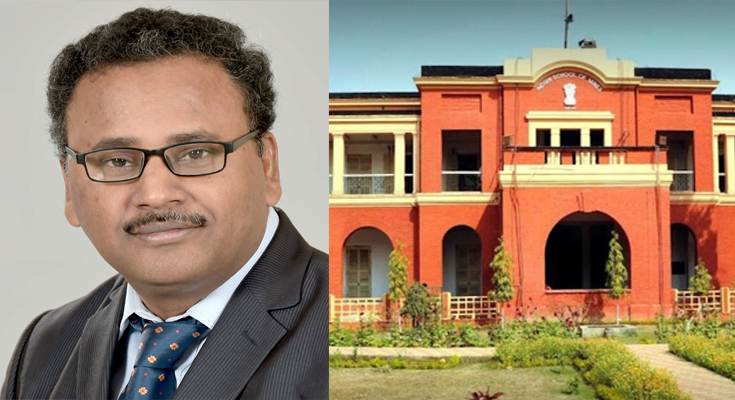Dhanbad: Researchers from the Indian Institute of Technology (ISM) have unveiled a groundbreaking study on the advantages of utilizing industrial waste as mine backfill material, demonstrating significant economic and environmental benefits.
The study highlights how this approach can mitigate the overexploitation of river sand, address waste disposal issues, and lower the costs associated with mine backfilling.
The research was led by Santosh Kumar Behera, a PhD candidate at IIT (ISM), under the supervision of Professor Devi Prasad Mishra, Head of the Department of Mining Engineering, and with guidance from CN Ghosh, former Chief Scientist at the Central Institute of Mining and Fuel Research (CIMFR).
The findings suggest that using industrial byproducts such as mill tailings and fly ash not only reduces backfilling expenses but also conserves river sand resources.
The comprehensive study, titled “Geomechanical and Microstructural Investigations of Lead Zinc Mill Tailings-Based Paste Backfill for Underground Metalliferous Mines,” reveals that incorporating these industrial wastes can help prevent the detrimental impacts of sand overexploitation, such as riverbed alterations, course changes, and increased flooding risk.
The research underscores the dual benefits of using mill tailings and fly ash as backfill materials. These materials, byproducts of mining and power generation, offer a cost-effective and environmentally friendly alternative to traditional sand. The fine texture of mill tailings and the pozzolanic properties of fly ash make them suitable for effective paste backfilling, which stabilizes underground mines and aids in land reclamation.
Professor Mishra noted that while four mines in Rajasthan currently utilize paste backfill technology, with two more in the planning stages, this method remains underused in underground coal mining despite its potential. “Globally, over 100 underground metalliferous mines employ paste backfill technology, demonstrating its vast potential for broader application in India,” said Professor Mishra.
He further indicated that although underground coal mining currently accounts for just 5% of India’s coal production, this percentage is expected to rise, thereby increasing the demand for paste backfill solutions.
The study emphasizes that adopting industrial waste as a backfill material could significantly address both economic and environmental challenges in the mining industry, paving the way for more sustainable mining practices.




